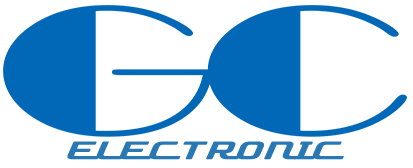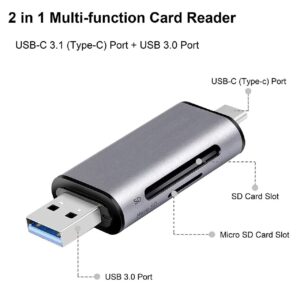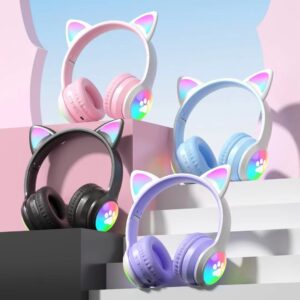As you know the business is getting harder and harder, only change, how to change, let us starting from looking at the product through the timeline
Judging from various data, China’s economy has reached a node, switching from elevator mode to rock climbing mode.
Why? How easy it is to take the elevator, why do you have to go for hard rock climbing, you may fall to the bottom of the mountain accidentally.
That’s because in the past 40 years, Chinese GDP has grown rapidly, with an average annual growth rate of about 9.5%, or even more than 10% for a period of time.
The competition between enterprises is a battle of “who grabs the fastest”.
If you grab fast, get more; if you grab slow, get less. The ground is full of gold, either yours or mine.
But now? The GDP in 2019 may be a few 6%.
This is why everyone feels that business is becoming more and more difficult to do, because in the past it was an incremental business and did not care about the stock.
The current competition among enterprises is likely to be a product dispute in the inventory.
So if you want to change, if you want to find a hand in this new competition, and climb successfully, what should you do?
I suggest that you add the concept of timeline when making products.
Once you join the timeline and look at the changes in history with a bird’s eye view, you will find that the world is always evolving and never stops.
At this time, your product, just like each of us and each company, has its own life cycle.
1. What is the product life cycle?
What is the product life cycle?
We divide it into four stages: the investment period, the growth period, the maturity period and the decline period.
1.1. Investment period
One day, you feel that you have insight into the needs of users, decide to invest time and resources, and start to make a product.
But in this period, you are not making money, because you have no users yet.
Users will not pay for your dreams, users will only pay for their needs.
This period is called the investment period.
1.2. Growth period
Wait until you finally reach the second stage, which is the growth period.
So, congratulations, your product really meets the needs of some users, rather than staying at the “what do you think” stage.
In fact, most startups are falling in the investment period. What does that mean for you who have entered the growth stage?
It means that you have to quickly gain access to the market and continue to expand the scale of the market.
1.3. Maturity
By expanding the scale of the market, allowing more users to recognize you and recognize the value of your products, you have entered a mature period.
At this stage, you will find that you have finally made money and your profits have begun to stabilize.
At this time, the most important thing for you is to optimize your supply chain, optimize your production structure, and optimize product functions.
1.4. Decline period
Whether you like it or not, your product will definitely enter the fourth stage, which is the recession period.
Don’t expect such a possibility, you can make a product that can last for 100 years. Coca-Cola is a rare case, but you can’t.
Therefore, on the first day of deciding to make a product, you have to think clearly about how your product will eventually die.
This is the four phases of the product life cycle.

You can also see that in this model diagram, in addition to these 4 cycles, there are also several colored, solid, and dashed lines.
Why add these lines?
That’s because the product life cycle has different priorities for companies at different stages, so I drew 6 particularly important lines on it, hoping to explain this model more clearly.
The six lines are: sales, cost, price, innovation ability, competitors, and profit.
Let’s talk about the price line first.
What are the characteristics of the price of the product?
Its characteristic is that once your product is produced, the price is all the way down.
You might say:
Isn’t it? You see, the price of Huawei mobile phones has been getting higher and higher in the past two years.
Indeed, the prices of Huawei mobile phones have been getting higher and higher in the past two years. That’s because Huawei’s new phones are more expensive than the old ones.
The price of each of its new phones has gone down over time.
So this is the characteristic of the price, the price of most products is all the way down.
Let’s talk about the competitor line.
You must have discovered that this line only started in the growth period and reached its peak in the mature period.
Why? Is there no competition during the investment period?
Yes, no one really competes with you because you don’t make money. Many people are watching you by the side, watching you spend your money in the education market, exploring patterns. So this period is also called the monopoly period.
But once your product starts to make money, enters the growth stage, and reaches the maturity stage, then competitors must come in droves.
When we are starting a business, you will find that you can’t feel your competitors because you are always challenging others.
But once you make money, you become a challenger, and you become a helper who spends a lot of money trying out business models and product forms, helping others save everything.
As a result, the competitor directly takes the result of your trial and fights with you.
It sounds cruel, but this is cruel business competition.
What do these lines of sales, cost, innovation ability, and profit mean?
Don’t worry, I want to elaborate on these lines when I explain the different stages of the product life cycle below.
As entrepreneurs, as entrepreneurs, when we add a timeline and look at product changes from a bird’s eye view, what should our focus be at different stages?
This is the most important thing for us.
Next, we will talk about which line is the most important according to the different stages of the product life cycle.
2. What is the most important investment period?
What is the most important investment period?
In the investment period, which line of price, sales, cost, innovation ability, and profit is the most important?
Creativity.

In this period, the ability to innovate is the most important for a startup company.
There are often entrepreneur friends who say that innovation and R&D capabilities require a strong reserve of funds and talents, which can only be done by large companies.
Is it really?
Not really. If you think carefully and pursue the ultimate, you will find that every industry and every product around you is actually worthy of being redone.
We often say that the starting point of all business is the benefit of consumers. Are you pretending to be the product or the user?
Those who only have products will eventually be eliminated;
People who follow users are always iterating.
All products are used to solve problems. The problem is that there is a price.
For example, what problem does the car solve? It is to send people from A to B. How did it go in the past? carriage. I take the carriage, and the sum of the various costs (expense, time, comfort, pride, etc.) from A to B is the total cost of this thing.
In the past, it cost 10 yuan to go by carriage. But if you add all the hidden costs (time, comfort, pride, etc.), it may actually be worth a total of 100 yuan.
Note that this is the key: many people only see 10 yuan, but not 100 yuan. This 100 yuan is the real cost of the user.
Isn’t this innovation in automobiles essentially reducing costs by 30%?
In the investment period, when starting a business, the starting point must be to benefit consumers.
The same thing that meets the needs of consumers, you can make more money and reduce costs by 30%.
Such an enterprise is admirable. Such entrepreneurs are worthy of respect.
In the new era, everything deserves to be redone.
Of course, during the investment period, there are many ways to innovate. In any case, as an entrepreneur, you have made an innovative product recognized by consumers.
At this time, there is another important thing for you, and that is to build barriers and create a moat of intangible assets.
What are barriers?
No matter how good your product is, is it possible for others to do as well as you? If others can do it, then you have no barriers and your users will be taken away by others.
How can we have barriers?
You just need to build a moat of your intangible assets during the investment period, so that others can’t make your products and can’t steal your customers.
So, what is most important during the investment period?
The ability to innovate is the most important, and the most important thing is to dig a moat of intangible assets for oneself and form barriers.
I heard many people say that in the investment period, products made first have first-mover advantages.
Indeed, first mover has an advantage, but we must clearly know in our hearts that first mover advantage is not a moat, first mover advantage just helps you get the time to dig the moat.
3. What is most important during the growth period?
After talking about the investment period, what is the most important thing to enter the growth period?
Which of the six lines of sales, cost, price, innovation ability, competitors, and profit is the most important?
Sales are the most important.

Why?
Because your business has reached the growth stage and your products have been recognized by some users, what you have to do at this time is to continuously expand the market through sales.
As the market continues to expand, you can continue to reduce costs.
This will give you a huge advantage.
Therefore, in the growth period, the sales line is the most important to you.
In the growth period, how can we increase sales?
Amazon’s founder Bezos is often asked a question: “What will happen in the next 10 years?”
He did not answer the doubts of others, but left another classic answer:
Few people ask me another question, what will remain the same in the next 10 years?
I think the second question is more important than the first because you need to base your strategy on things that are constant.
What do consumers always want?
Consumers always want lower-priced products, faster logistics, and more product choices. These things will never change.
So Amazon puts its energy on these constant things-to give customers the most benefits.
So the question of how to increase sales and expand the scale of the market has become, how do we reduce the cost of our products.
To reduce the cost of goods, don’t just focus on production costs, but more on transaction costs.
For example, live broadcasts and online celebrities bring goods, which greatly reduces the cost of consumer trust;
For example, the high-speed rail and the Arctic waterway, which has been hyped up this year, may reduce logistics costs.
All of what we do is to benefit users and allow consumers to enjoy better quality products at lower prices.
Only in this way can we continue to expand the market scale.
When your scale is large enough, then you will find that you have unknowingly dug a second moat for your business-the effect of scale.
Bezos’s Amazon has been losing money and has been losing money since its establishment. Why?
Because he wants to give consumers lower prices.
But he has become the richest man in the world, why?
Because lower prices can increase Amazon’s larger sales scale. Until 2015, Amazon’s scale was so large that other competitors couldn’t get in, and couldn’t do anything cheaper than Amazon’s price.
Because of this scale effect moat, Amazon’s stock price has skyrocketed since then.

4. What is most important at maturity?
The enterprise has passed the growth period and reached the maturity period.
At this time, which of the six lines of sales, cost, price, innovation ability, competitors, and profit is the most important?
It is profit, and profit is the most important.

After you have gone through the growth period, your products have already had scale and traffic, you have established barriers, and have a brand. At this time, are you going to start making money?
How to make money?
Make money by satisfying the differentiated needs of consumers through diversified products.
What’s the meaning?
During the investment period and growth period, many of our companies use explosive product strategies, concentrating all the company’s resources to create one or two ultimate single products, and expand the market scale.
But when it comes to maturity, these single products are usually drainage products. We have to produce other products to meet the needs of different users and make profits.
Lei Jun once said that it probably means that many mobile phone manufacturers spend a lot of energy to develop a variety of mobile phones every year, and Xiaomi must concentrate all its efforts to make a mobile phone.
But why now Xiaomi has so many products, in addition to mobile phones, power banks, bracelets and other technology products, it also makes high-quality daily necessities such as towels and mattresses.
Why?
I used to ask Liu De, the person in charge of Xiaomi’s ecological chain, for this question.
Liu De said that this type of business is a “roasted sweet potato business” for Xiaomi. What’s the meaning?
Xiaomi has developed a huge amount of user traffic to this day. In addition to technological products such as Xiaomi mobile phones, power banks, bracelets, etc., they also need high-quality daily necessities such as towels and mattresses.
So instead of letting these traffic dissipate in vain, it is better to use these traffic to convert some turnover.
Just like a hot stove, its heat will dissipate, it is better to use the residual heat to roast some sweet potatoes.
This is Xiaomi’s “roasted sweet potato business”, which is actually a diversification strategy in essence.
Another example is Apple. Jobs once said that Apple only makes products that can fit a table.
But now, a table of Apple products has long been unable to fit.
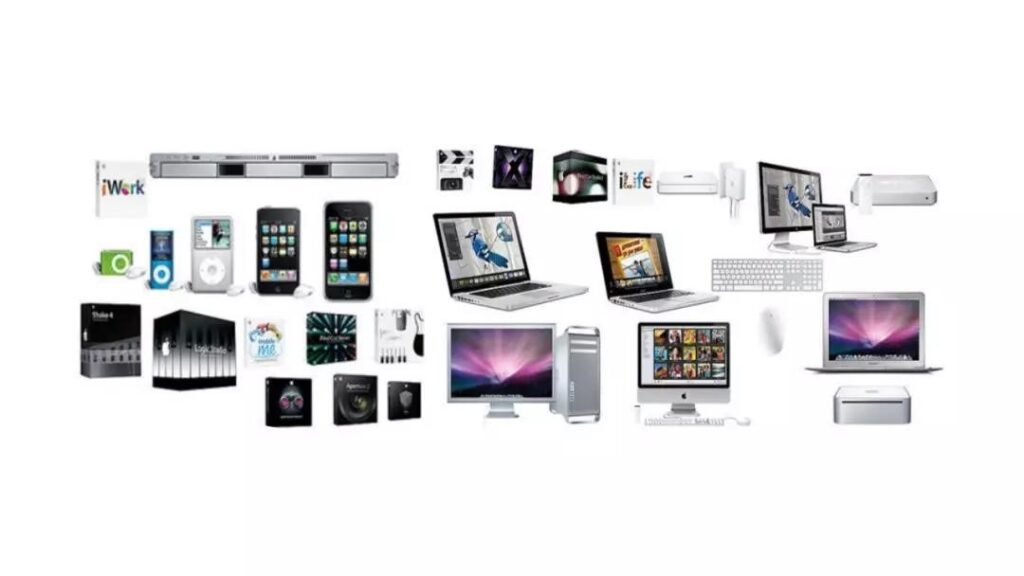
Another example is Google. Google renamed its parent company Alphabet a few years ago, which means alphabet in English.
So, let’s look at the companies under Alphabet.
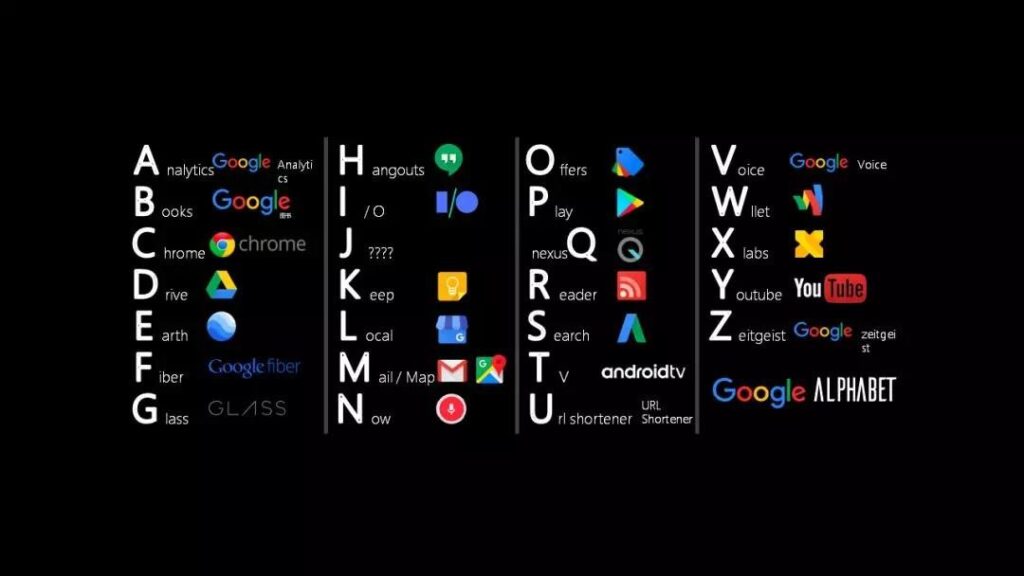
In the mature period, the most important thing is to make profits through diversified products to meet the differentiated needs of consumers. So at this stage, what moat should we continue to build?
The answer is the two moats of network effects and branding.
What is the brand? A brand is actually a knife handed by a company to consumers, saying that if I dare to lie to you, you will stab me to death with this knife.
The company builds a brand and invests a lot of cost in advertising every year, which is to store value on this brand.
In case there are some problems with this brand, consumers can report this brand through online exposure, 12315 complaints, etc.
The value that this brand has kept in these years has disappeared.
So the brand is a knife handed to consumers.
It will never be the product that really gives you a competitive advantage, but the brand that continues to precipitate through the product.
The ultimate destination of the product is the brand.
What about network effects. Network effects mean that the value of a certain product to a user depends on the number of other users using the product. The more users, the more valuable, the more valuable, and the more users.
Such as WeChat.
Once the scale of WeChat breaks through a critical point to form a network effect, there will be almost no chance for other social products that are similar to WeChat.
Because as a social tool, even if the new tool is better to use, but without my friends on it, I would not use it.
This is the network effect.
In the mature period, you must continue to build your network effect and brand moats while continuing to make profits.
5. What is most important in a recession?
After the maturity period, we have to face a reality, that is, our products will eventually come to its decline.
So in a recession, what is the most important of these 6 lines?
Cost.

Because during this period, you can make the product decline more slowly by continuously reducing costs.
When Steve Jobs regained control of Apple, why would he only make a product that fits a table?
That’s because when Jobs said this, the funds on Apple’s books were not enough to support Apple’s life for three months.
So Apple must shrink its unprofitable product lines and reduce costs.
For another example, once the PC giant IBM, what did IBM do after IBM’s PC business entered a period of decline? Sold to Lenovo.
Procter & Gamble, which owns more than 200 brands, has already cut off more than 100 brands during the period of decline.
During the recession, we continue to reduce costs to delay the recession. At this time, what moat do we need to make the product decline more slowly?
It requires a moat of migration costs.
What is the moat of migration cost?
For example, two companies A and B provide services at the same time.
You are using the service of Company A, and the service assumption is 7. And B can provide 8 services.
If the migration is very smooth and there is no cost, then of course you will use B’s service. But once you migrate there is a cost in the past, you are afraid of trouble, suppose this cost is 2.
Then you won’t turn it over. After all, the value that B gives you is 8, and the cost you spend in the past is 7+2=9>8.
Forget it, don’t turn it. You think so.
This is the moat of migration costs.
The time/energy cost of users not using your product, the cost of lost assets, and the cost of relationship conversion can all allow you to dig a moat and allow users to leave you slowly.
Summarize
Products, like people and enterprises, can also be regarded as a life. There are investment period, growth period, maturity period, and decline period.
In the investment period, the ability to innovate is the most important. At this time, consider building a patent moat;
During the growth period, sales are the most important, and continue to build a moat of scale effect;
In the mature period, profit is the most important, and continue to build network effects and brand moats;
During the recession period, cost is the most important, and the cost of migration is used to slow down the decline of the product.
On the first day when we decide to make a product, we have to think clearly about how our product ultimately died.
For example, Apple launches a new iPhone every year. You can think of it as giving birth to a son, but what does it mean when he launches this iPhone?
It means that he killed the last iPhone by himself.
It’s like Apple keeps having sons every year, and then kills another son.
It sounds particularly cruel, but this is the cruel business world.
If this son is not killed by Apple itself, but by a competitor, the result will only be worse.
Finally, I want to say that although the business is getting harder and harder, it has changed from elevator mode to rock climbing mode. But when we add the timeline, you know which direction you should go in the future.
It’s like, even if you are at the starting point, your heart has already reached the other side.
